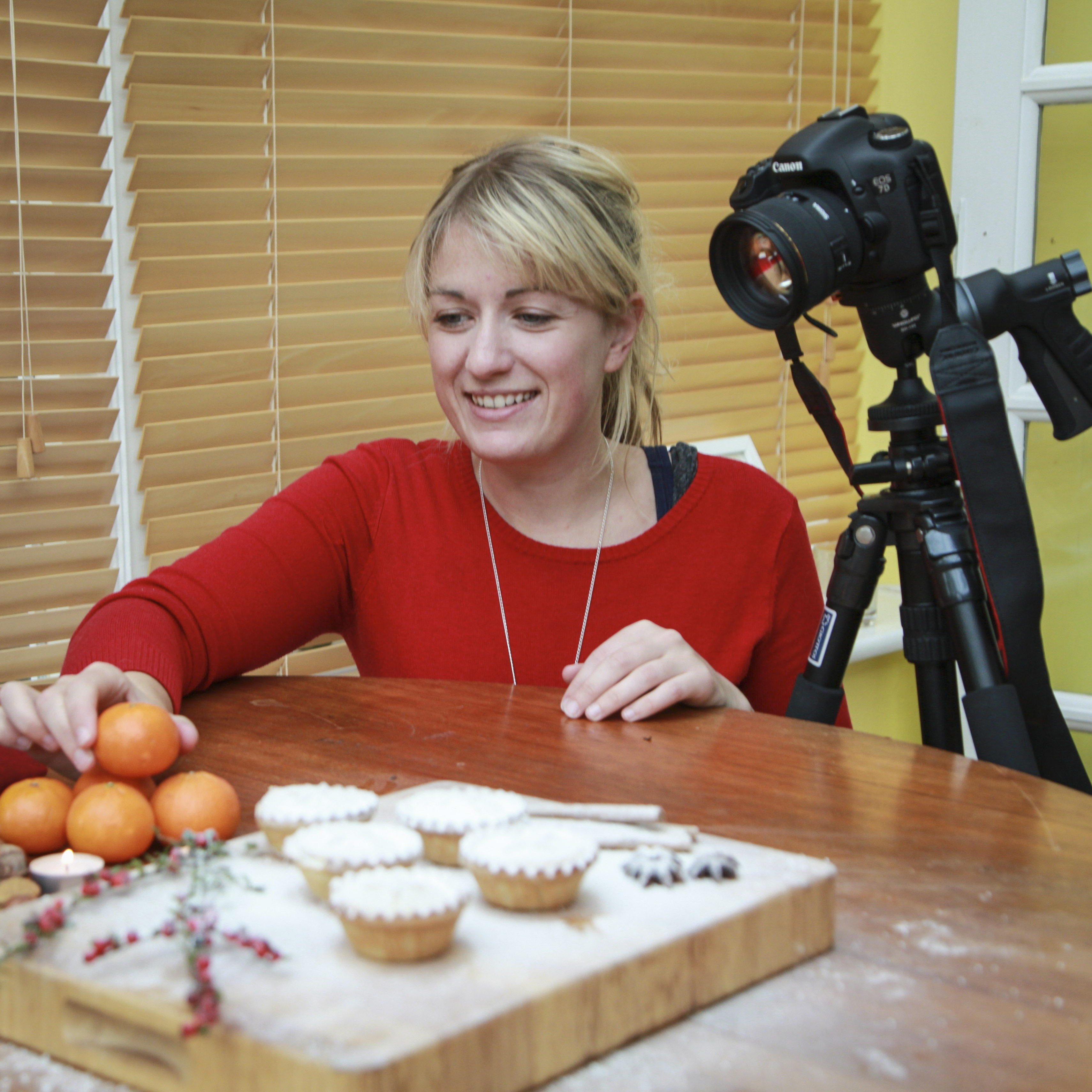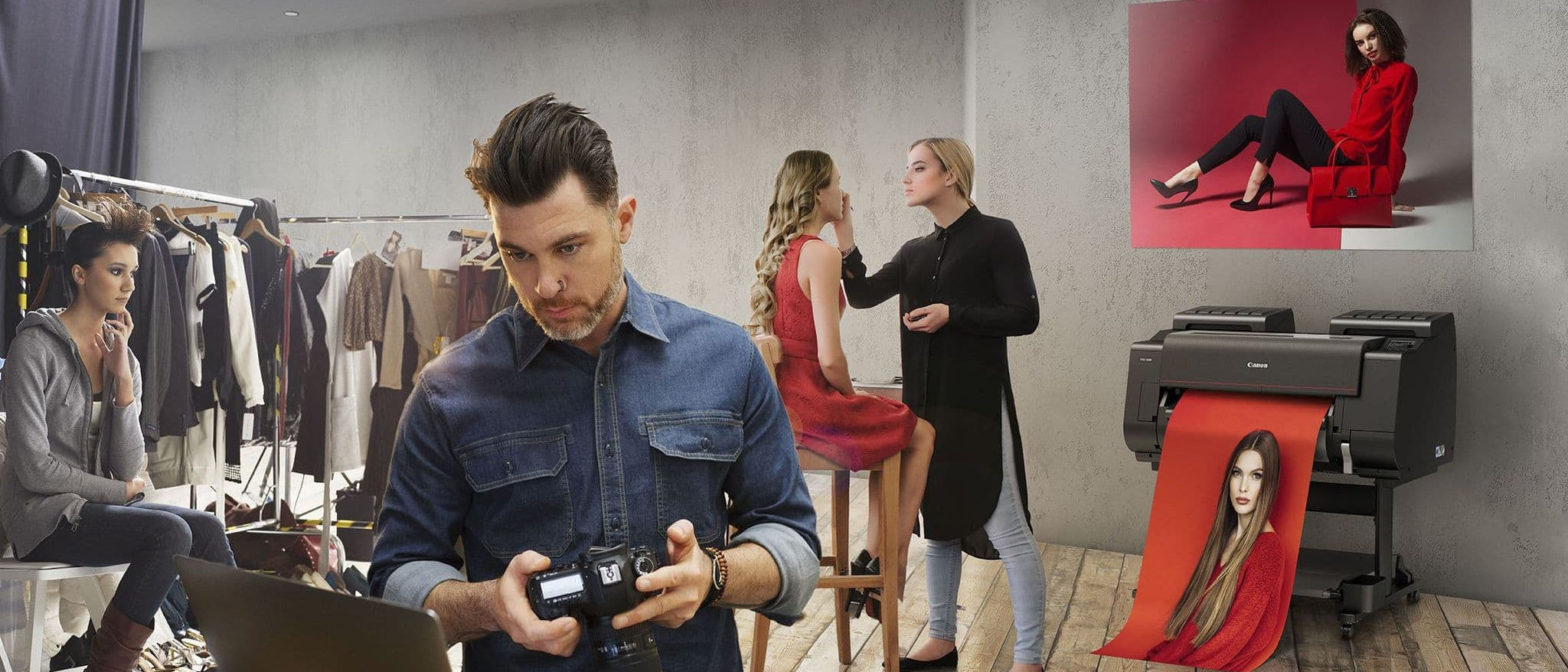Wedding photography tips: sharpen your big day shooting skills
Want to learn to be a wedding photographer? Our wedding photography tips will help you on your way

There is nothing more daunting then waking up realizing it's your wedding day! And by your wedding day we mean the day you are going to photograph a wedding! So much is at stake riding on you being in the right place at exactly the right time with many elements out of your control. Wedding photography is for those who like a challenge, are good with people and can act under pressure.
So whether you are photographing a friend’s, family member or a complete stranger’s big day for the first time or you have done plenty before take a look through our top tips to ensure you capture truly magical and professional wedding images whatever your experience.
1. Speak with your client
It’s easy to make an assumption that you know exactly what the bride and groom want, or you think you know best. However until you speak to them face to face and give them realistic expectations assume nothing! The more you plan and spend time with the couple the better, plus they’ll be more comfortable in your presence.
If they have a long list of group or posed couple shots ensure they put aside enough time in the day to get these. Make it clear if you don’t have this time on the day you won’t be able to achieve what they want. Most people who aren’t photographers aren’t aware of the realistic time frame it takes to set up decent posed shots. If their lists seems unrealistic and like it’s going to take up most of the day ask them if taking photographs is the most important thing or enjoying their day? There may need to be some kind of compromise.
• 147 photography tips, video tutorials and techniques
2. Photographing the bride getting ready
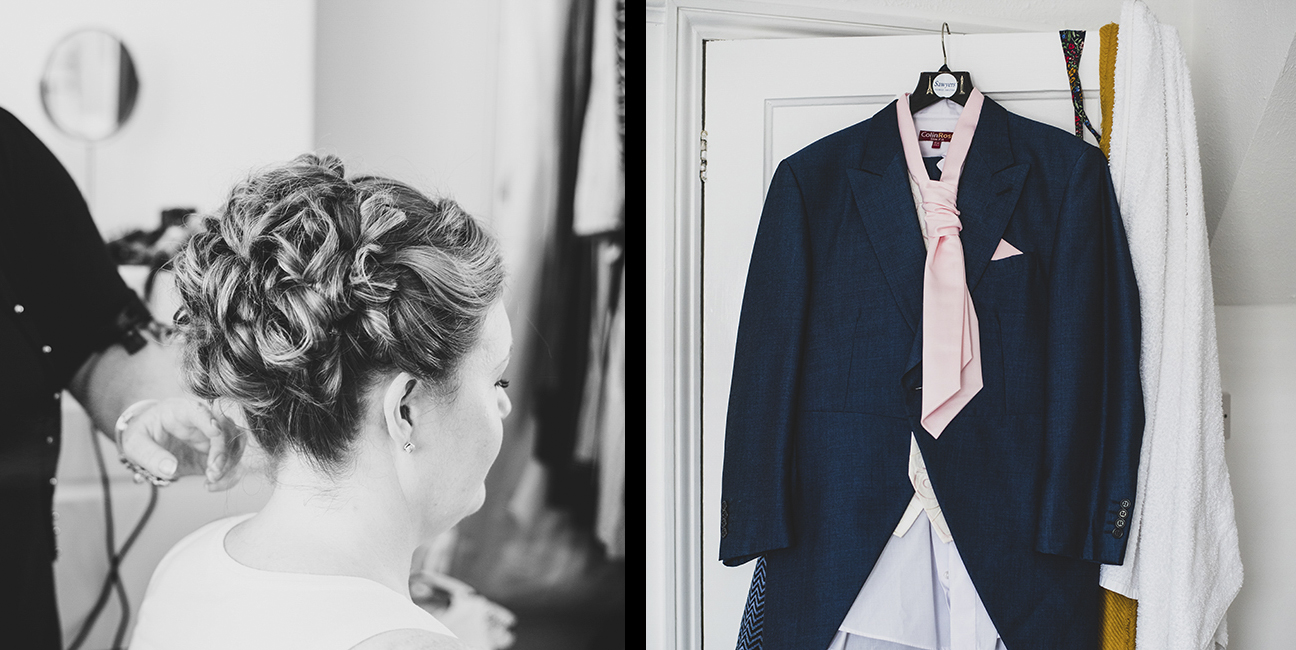
Shots of the blushing bride getting ready have become ever increasingly popular and for good reason, but don’t forget to pop round to see the groom too, or the other half of your couple if you’re shooting a same sex wedding. This is where having a second photographer can come in handy if logistically you can’t make it over to both in time (being a second photographer, helping an experienced wedding photographer, is a great way of learning the wedding photography tips first hand!).
Hair getting sprayed, suits and dresses hanging on doors, zipping up the dress, shoes going on, emotional moments are all great images to capture in these pre event behind the scene shots.
3. How to shoot wedding group shots

Group shots can be a bit of a nightmare to organize on the day so you’re going to need to assign someone to help. Get friendly with the best man, an usher, bridesmaid (whoever as long as they know who everyone is) and tell them to keep the needed guests aside in one close by area.
Write down all the group shots you have arranged with the bride and groom and if Grandma Jill or Uncle Tim want any extra ones thrown in on the day (annoyingly someone always ask) you can say yes but only after you’ve ticked off all the ones from the bride and groom’s list. Otherwise you may compromise on your clients wishes.
When shooting it’s vital that you take a few of each group. It’s very rare for a large group of people all to be looking great in one shot. You can always swap heads, eyes etc if need be at the editing stage.
4. Incidental shots

These types of incidental shots are great for photo albums and for photobooks as they focus on the detail and capture the essence and feel of the event. If the couple have put a lot of effort into these time consuming details they will be so grateful for these images to be used alongside the more emotional ones. Open your aperture to a wide setting to blur out the background keeping just the small object in focus for an effective result.
• The best photobook services
• The best photo albums
5. Important editing
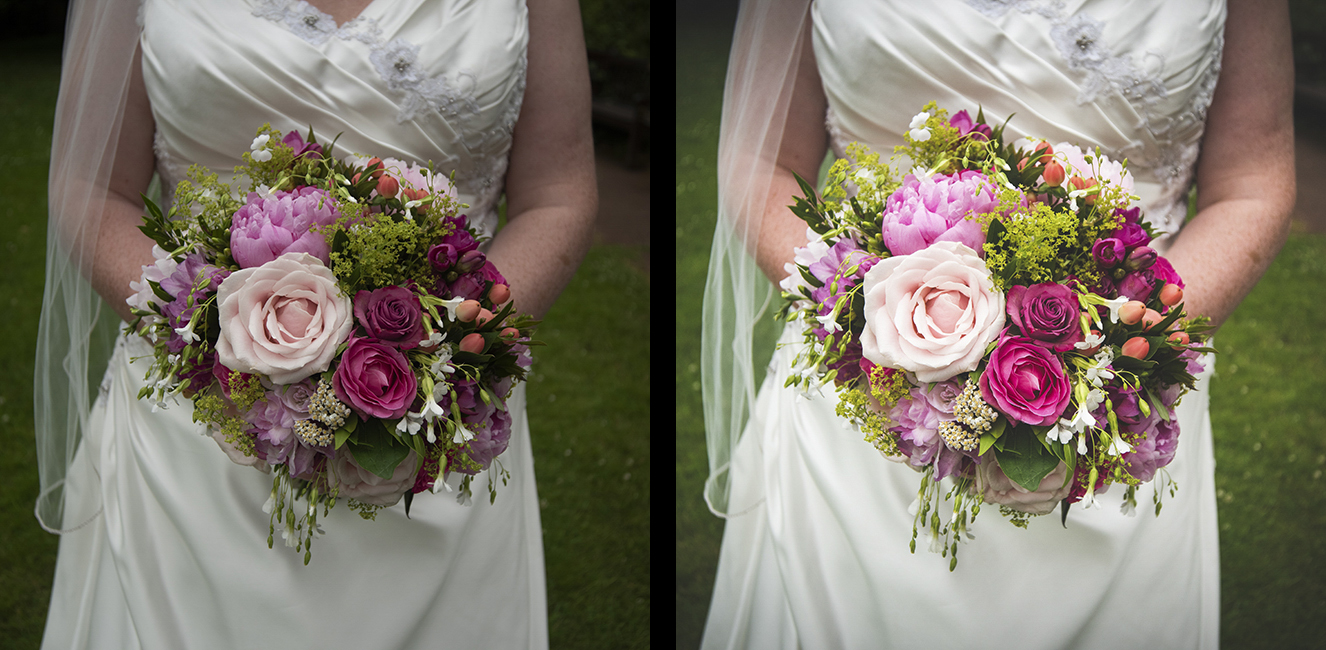
A file that comes out of your camera is going to look flat, however all those emotions and feelings can be returned to your images at the editing stage. That is why it is important to edit your own images and not get someone else to do it for you as you were the one present in these moments. It’s also a good idea to edit in a close timeframe so the results are uniformed.
You want to use a software that is capable of toning and stylizing your images at speed and for that reason many wedding photographers use Adobe Lightroom.
• The best photo editing software
6. ISO push it
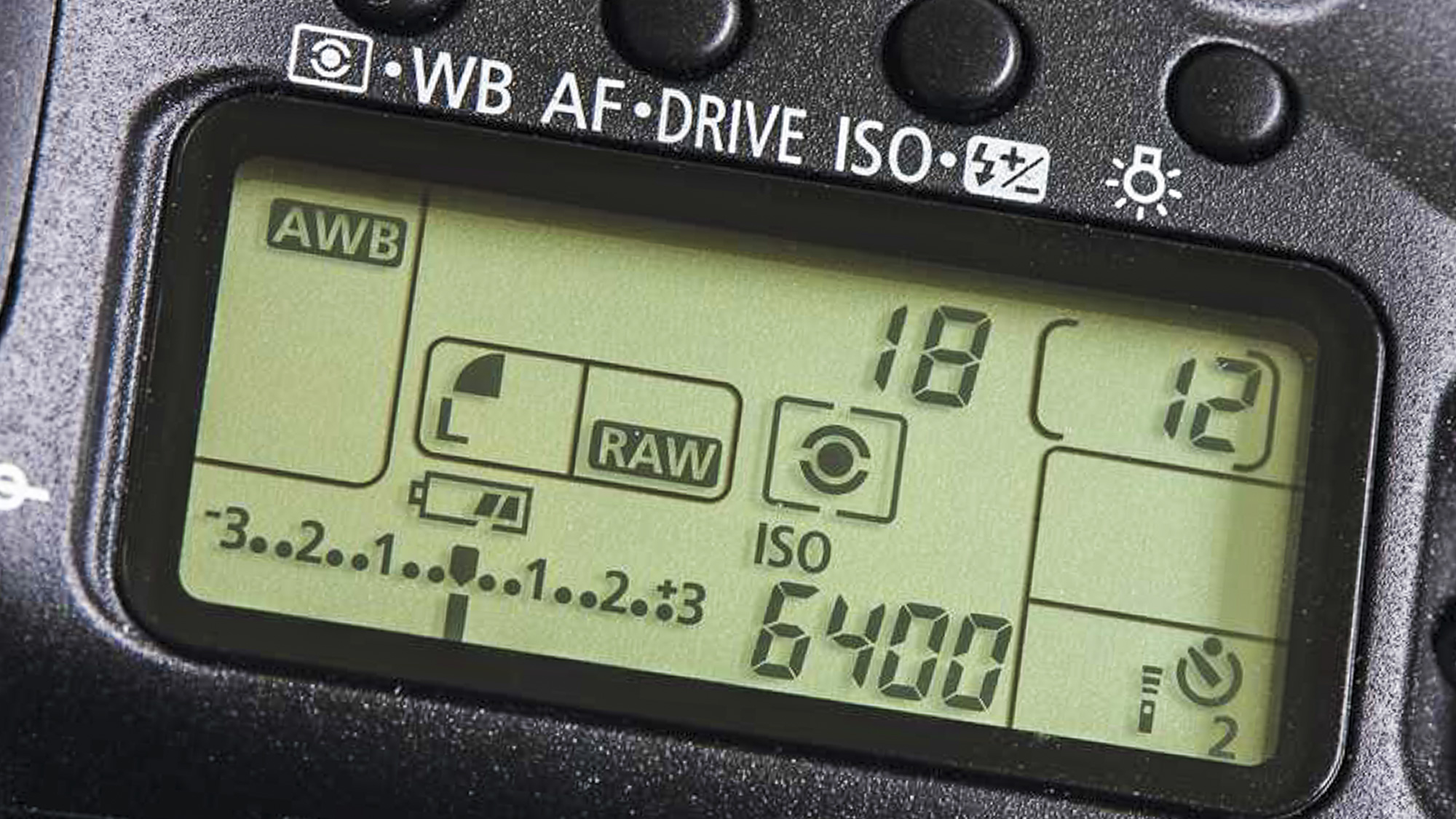
Your couple won’t notice a bit of noise and grain in your images (which you can reduce at the editing stage) however they will notice blurred faces and movement due to the shutter speed not being fast enough! Don’t be afraid to push the ISO at a wedding as often you will find yourself in a low light situation, for example in the church where you have no other lighting option. It is also worth investing in a prime lens (such as a 50mm f/1.8), which will have a wider maximum aperture than a zoom; this can often the best thing to use inside which can be opened up wide when need be.
7. Pack smart
Unless you are lucky and can afford to hire an assistant to carry your cases you need to take into account what you should pack and how much you can carry. Many wedding photographers are switching from DSLRs to mirrorless compact system cameras to be more agile and quick, but also they can be much lighter in weight so may be worth looking into.
8. Use LED lighting

If flash confuses and daunts you try continuous lighting for those low light moments where you can’t make do with the ambient light. Lights such as the from RotolightRotolight NEO II or something that matches this spec of light are perfect for wedding photography as they are small and run on battery power.
9. Use the scenery
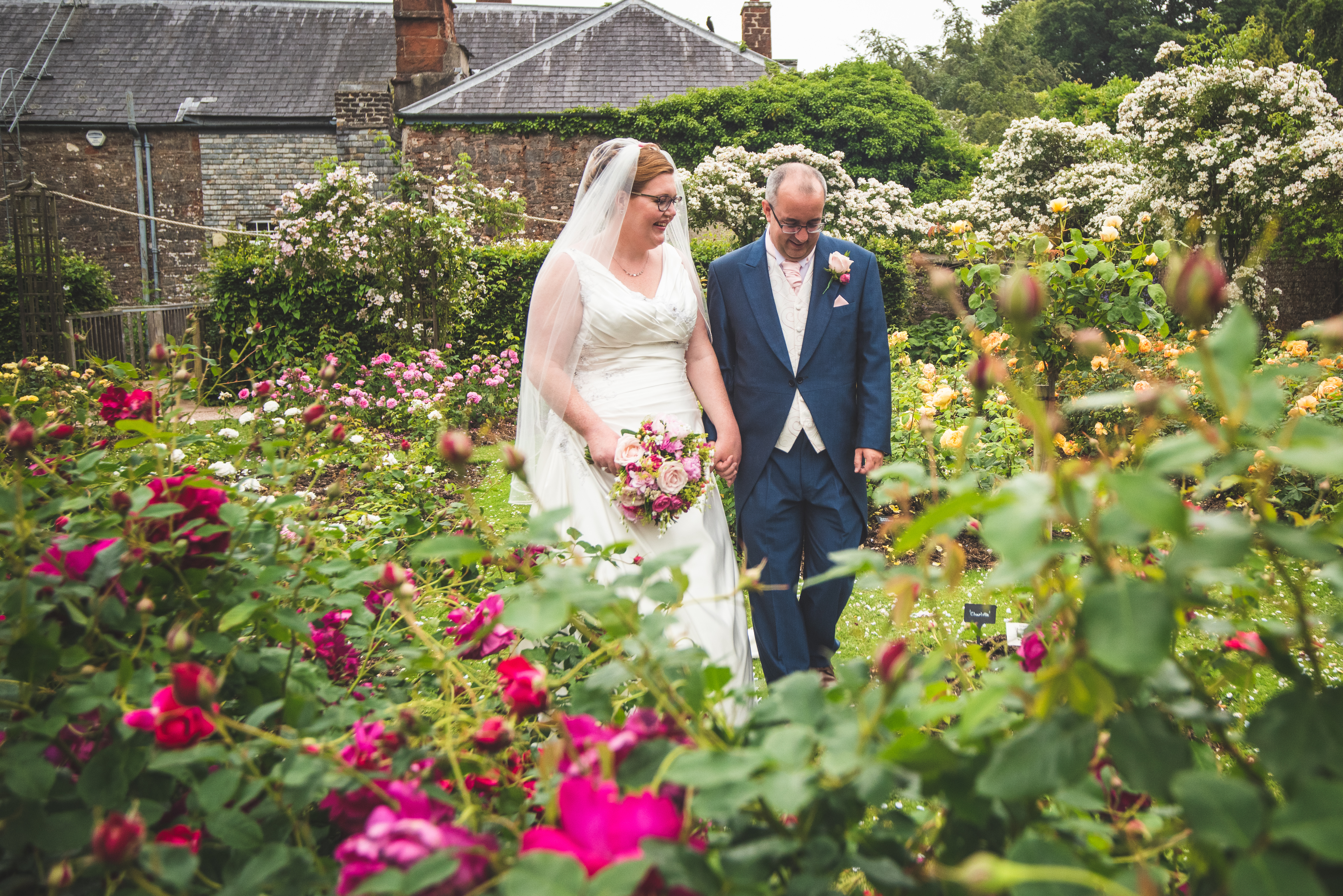
It can be great to take a step back and shoot your couple or an individual at a wide angle to include the scenery. Most weddings take place in idyllic looking settings so fully use these to your advantage. Go and do a recce before the event around the same time as your wedding so you can see where the sun will be positioned. Of course if it’s pouring down with rain this will be irrelevant but best to be prepared!
10. Props
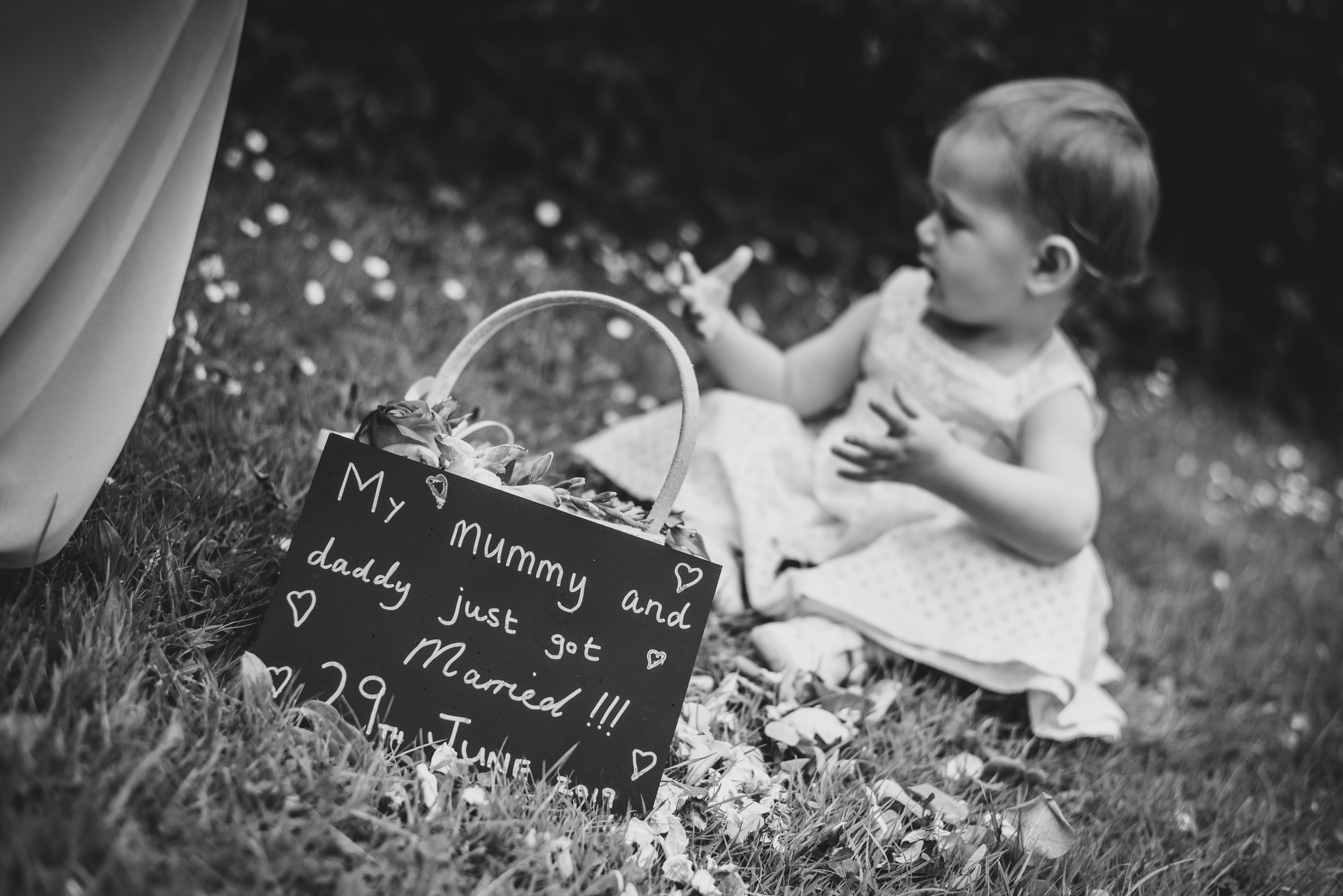
To add something unique and special to your images try introducing props. Hand written charming signs can look great and are easy for people to hold. Umbrellas in the sun or rain are also useful however just make sure they are white. If the weather is looking a bit iffy order some extra white ones (especially if you have a do a large group shot outside as colorful umbrellas will ruin your shot and can reflect unwanted color casts).
11. Couple shots
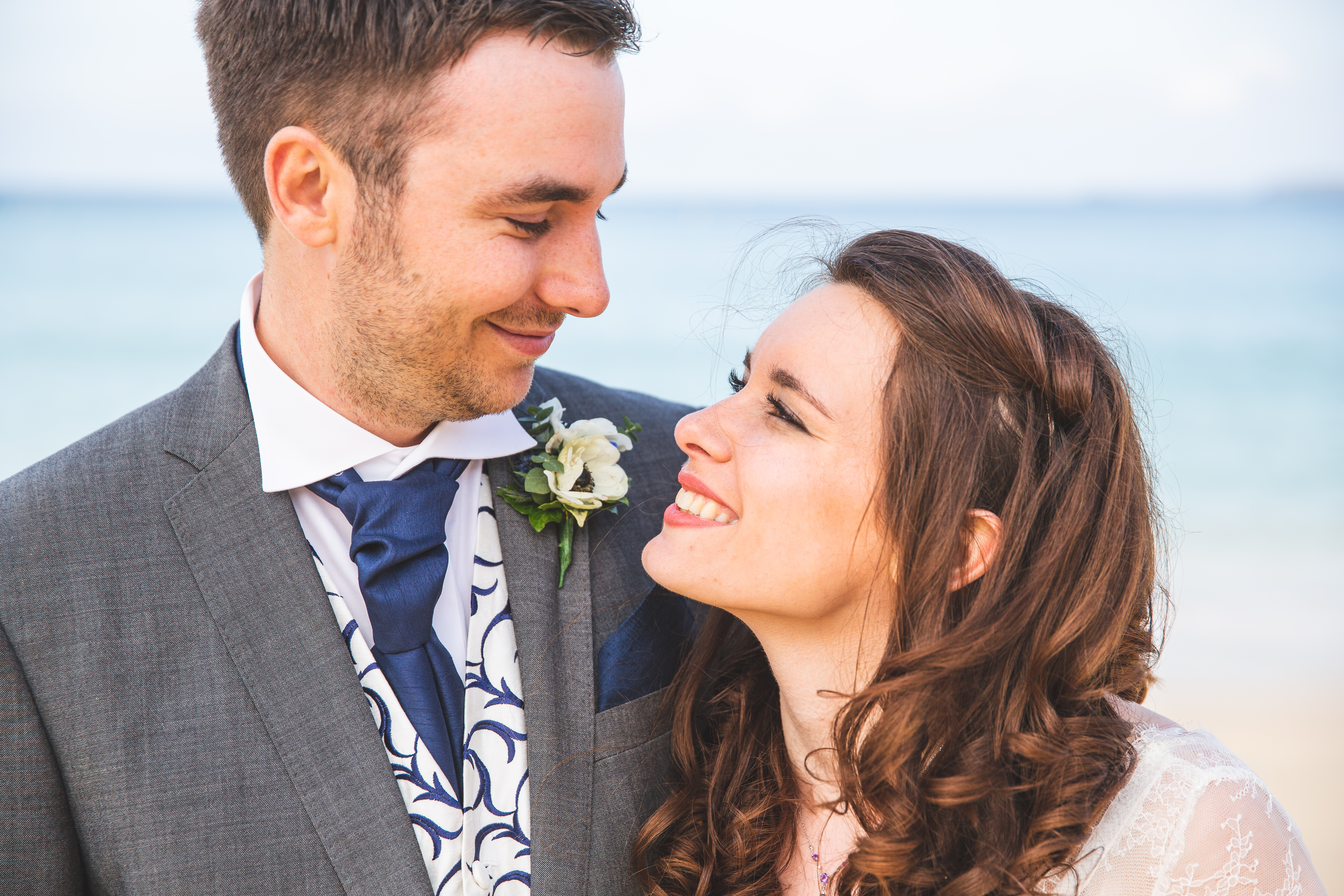
How you approach to photograph your couple shots will depend on the couple you are photographing. If they are shy and timid people in front of the camera they may not want any staged or posed shots at all. In that case make an extra special effort to get some candid ones of the two of them together. Equally if they enjoy being in front of the camera make this part of the day extra special and plan with them the shots they want you to get. Make sure you look at what their arms and hands are doing as often people can feel awkward when asked to pose without direction.
12. Black & white or Color?

Some shots work better in color some in black and white. Take for example this image that in color is garish and tacky yet in black and white the nasty bright neon lights are removed and become soft twinkly lights. This image was shot at ISO 4000 and it was incredibly dark. The noise is evident in the image but the overall feel of the image still has a connection to the audience. Remember you can’t always get technical perfection but a successful wedding shot will have emotions.
13. Flash in bright light
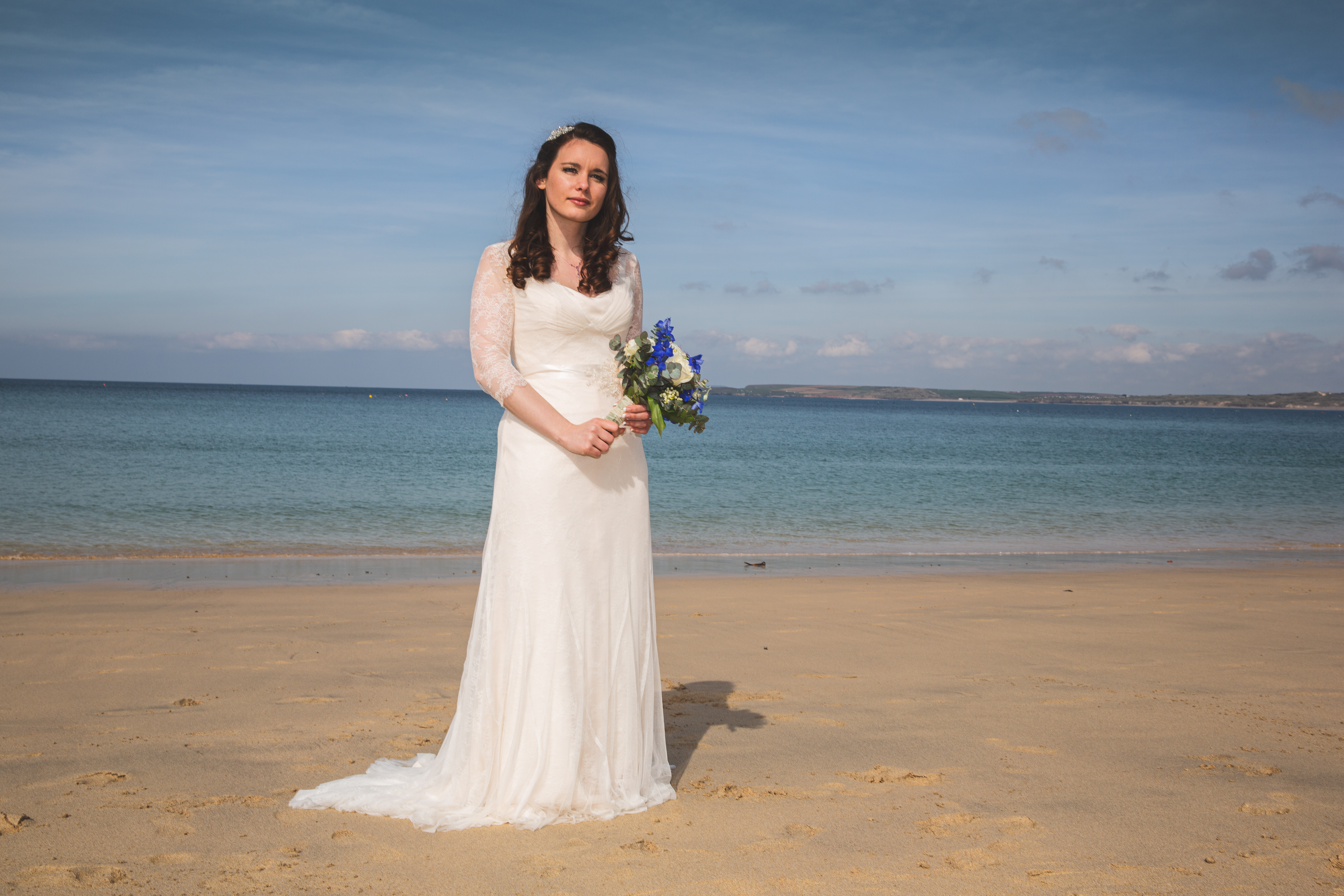
Flashguns are excellent for bright sunny conditions where the subject is fully out in the midday sun. To remove unwanted shadows blast some flash at them to make them pop from the setting. In this scenario the important part was retaining detail in the dress. To get the exposure correct underexpose the background by one stop and then add in an external flashgun adjusting the power accordingly.
14. You can’t be in two places at once
If you’re shooting a big wedding you might want to consider getting a second photographer to help you out. Not only will it save you energy from trying to be everywhere at once it will also give you reassurance that you have covered all angles. If you are shooting as a duo make sure you go in with a game plan to ensure you don’t both shoot the same shots. Only one person can be in charge!
15. Party time!

If you want to capture some fun and different shots stay for the party. Many photographers leave before this point thinking they have all the key keepers but the party is when the fun is really getting started! There are great candid moments from people dancing and laughing. Remember potentially if you get nice images of many of the guests (children especially) they may book you in the future.
Read more:
The best camera, lens and accessories for wedding photography
How to become a wedding photographer
20 best podcasts for photographers
The best website builders for photographers
The best cameras for professionals
The best camera deals, reviews, product advice, and unmissable photography news, direct to your inbox!
Claire is a professional photographer and writer, and lives by the the sea with her two young children, husband and cat in the southwest of the UK.
After graduating from The Bournemouth Arts Institute with a first-class degree in photography, Claire worked for a number of years in the publishing industry, including as Technique Editor for Digital Camera magazine.
She loves anything and everything to do with photography, from creating magazine articles to photographing ballerinas on the beach and newborn babies (but not at the same time). She mainly shoots with digital DSLRs, but does dust off her beloved Hasselblad medium-format film camera once in a while…
